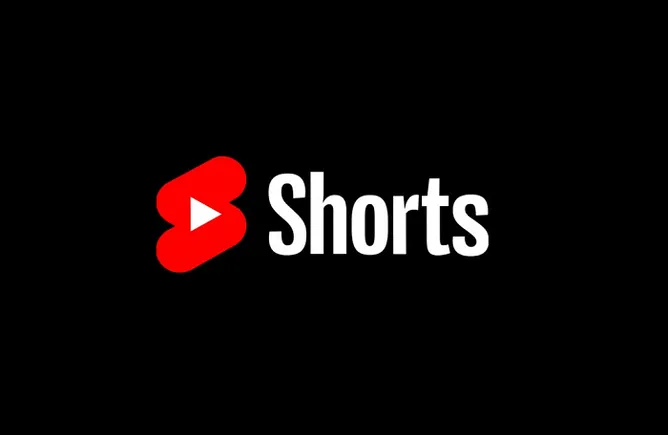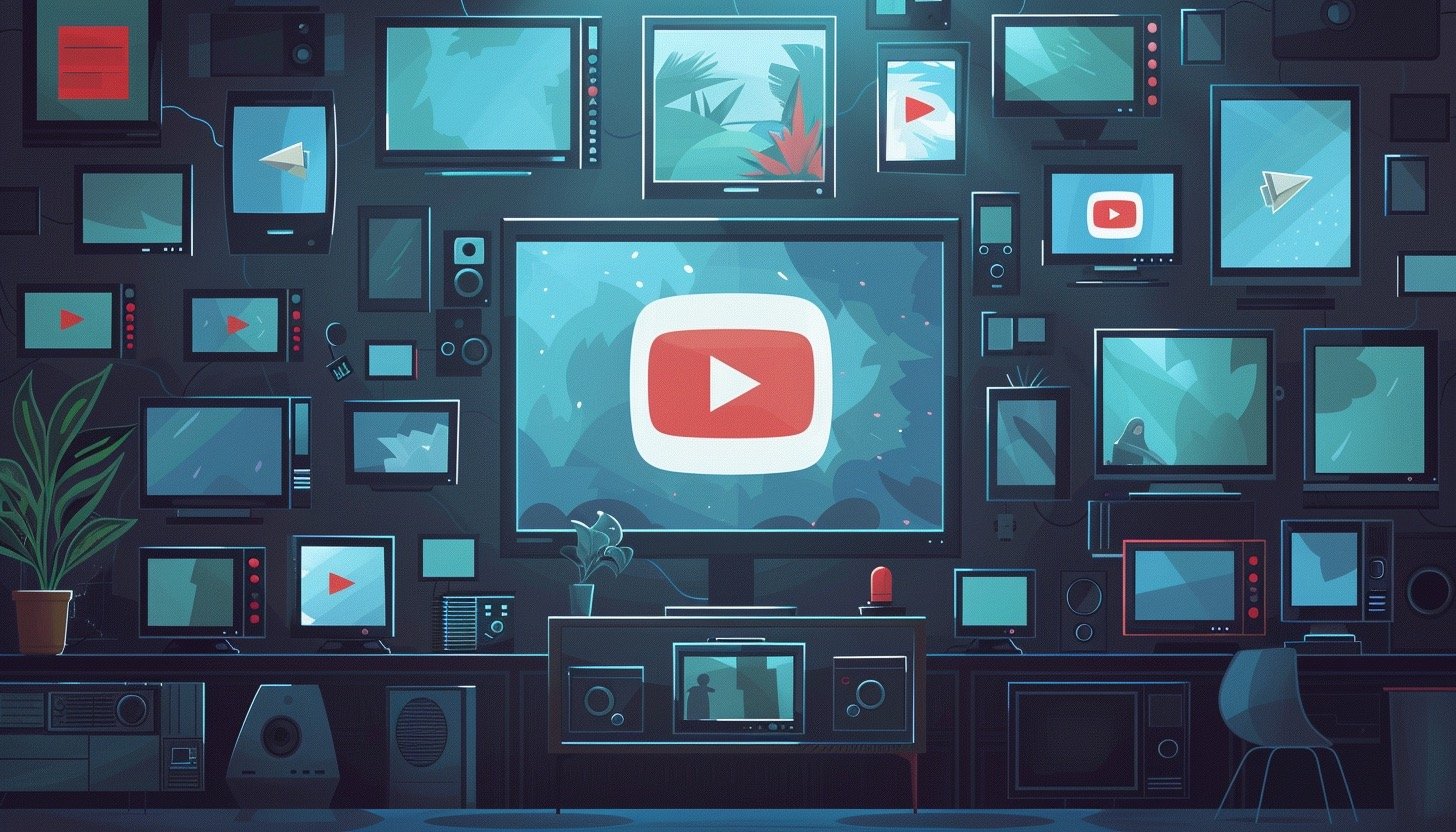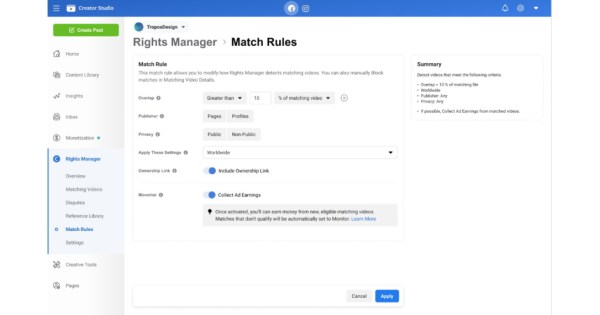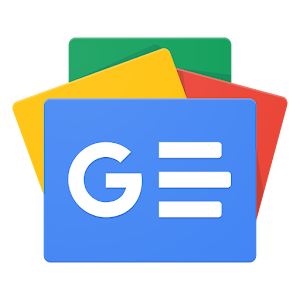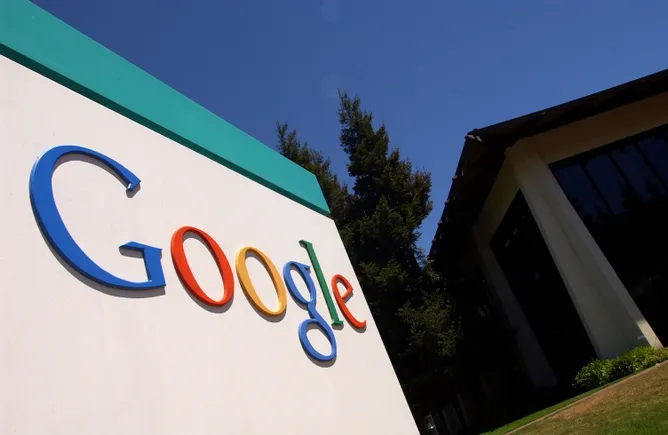Most people think of YouTube (GOOG) as a place to find instructional videos, watch music videos, or waste time. Another group of people, however, look at YouTube as a major revenue source for their online business.
In 2021, the highest paid Youtube channel belonged to MrBeast, who raked in a record of $54 million for the year. Making money with YouTube takes some time and effort, but those efforts can pay off with big money.
Key Takeaways
To become a YouTube account holder, you must register for an account with a Google email (Gmail).YouTube content creators can monetize their content after meeting specific criteria and joining the YouTube Partner Program.YouTube content creators earn money from viewer subscriptions, ads, third-party sponsorships or endorsements, merchandise, and more.Sponsorships do not require the approval of YouTube influencers, whereas endorsements do.AdSense is the Google program that tracks the views and ads that generate earnings.
Create a YouTube Account
Before you can begin making money via YouTube, you need a YouTube account. Because YouTube is a Google company, it requires a Google email, or Gmail, to register. Once registration is complete and the YouTube account is active, it’s time to populate your account, also known as a channel, with content.
Creating an account does not automatically qualify you to earn revenues from it. YouTube account holders must follow certain guidelines, such as building an audience and maintaining a specific level of engagement. Amassing a group of followers validates why your channel should earn revenues.
Make Videos
To build an audience and gain views, YouTube content creators must consistently develop content that followers enjoy watching. Therefore, the next step is to create videos. There is no universal model for what works and what doesn’t work on YouTube. Some of the most popular content include professionally produced music videos and impromptu family videos recorded with a smartphone.
Using a smartphone is convenient and effective as most are outfitted with quality cameras. Recording in HD will produce a better quality video, so be sure to use the highest quality setting on your phone. If you want an even more professional video, you can use a DSLR camera and an external microphone.
You can edit your video with a desktop program like the free Windows Movie Maker, iMovie, or a paid program like Adobe Premiere for more robust features. YouTube also has a free editor with basic features. As you edit your video, be sure to not use copyrighted music. If you do, your videos won’t be eligible for YouTube advertising.
Upload to YouTube and Configure for SEO
Now that your video is complete, it is time to upload your video to the YouTube servers. You can drag and drop videos from your computer into the uploader, or you can add them individually by clicking on the upload arrow. Depending on the size of your video and your Internet connection, uploading could last anywhere from a few seconds to a few hours. You can upload multiple videos at a time as long as you do not close the upload page in your browser.
When your video is uploaded, or while it is uploading, you can fill out the information about it. Be as detailed as possible when creating a title, description, category, and tags. YouTube is the second-largest search engine in the world, and good search engine optimization (SEO) can be the difference between a few views and a few million views.
Promote Your Video
Now that your video is online, it’s time to get the word out. Share your video on social networks, blogs, forums, message boards, and anywhere else you can online. You can embed your video on other sites or link to the video so viewers can watch it on YouTube. Just be careful to avoid spamming because that would result in fewer views for your videos.
Promoting your videos helps you to gain subscribers and views. Increasing your audience base gets you closer to being able to earn money on your content. Once your channel is active and you have a catalog of content and a captive audience, you are ready to monetize your videos.
YouTube Partner Program
The monetization process begins with an application to the YouTube Partner Program (YPP), which allows the account holder to earn money on their content (from ads and subscribers) and grants exclusive access to resources and tools, such as AdSense. YPP acceptance requires that the YouTube account holder is in good standing with YouTube, have a minimum of 4,000 public watch hours in the last 12 months, and have at least 1,000 subscribers.
Once accepted into the YouTube Partner Program, you can sign up for an AdSense account. AdSense is the primary advertising engine Google uses on its own sites and partner sites, including YouTube. When you create your AdSense account, you will need to input payment information and provide tax reporting information such as a social security number or employee ID number (EIN) for your business.
YouTube account holders can choose whether to monetize their videos by turning the monetization feature off or on.
Your AdSense earnings are determined by the number of views the video receives, which advertisers show up on your video, and how many times the ads are clicked. High engagement and clicks are more important than total views, but the more views you receive, the higher likelihood of clicks. Depending on your video’s engagement levels, you can earn anywhere from 30 cents to $10 per 1,000 views. Making videos that people will actively watch until the end will earn you more than a video where people click away after only a few seconds.
Other YouTube Revenue Sources
Sponsorship
YouTube content creators have additional ways to earn revenues besides through ads and subscribers. Brands often look for influencers to promote their products and services. With the massive number of users YouTube attracts, its platform is great for advertising. Third parties can capitalize on YouTube’s user base through sponsorship agreements with its account holders.
Becoming a brand sponsor can be a lucrative option for YouTubers as companies pay them to act as brand sponsors, promoting the company, product, or service in their videos. The YouTuber often promotes the product without guarantees, and the sponsorship is usually incorporated into videos of unrelated content.
Endorsement
Much like sponsorships, endorsements are secured by agreements between a third party and the YouTube influencer. In contrast to sponsorship where the YouTuber solely promotes an offering, an endorsement is a promotion with the YouTuber’s stamp of approval. They stand by their claims on the product and issue a form of guarantee to their viewing audience. In exchange for endorsing a product, company, or service, the influencer receives a fee.
Merchandise
YouTube influencers with a popular channel and a strong fan base can earn additional revenues by offering merchandise, also known as merch. Branded merchandise, such as t-shirts and hats, connects fans to YouTubers and can create a deeper sense of loyalty among them. It’s another way of supporting the influencer beyond watching their content and subscribing to their channels.
10,000
The number of subscribers a YPP member must have to qualify to sell merchandise on their channel.
Selling merchandise can be extremely lucrative, earning top YouTubers millions in revenues. Some influencers’ merchandise, because of their creative design, extends far beyond their community of followers. In return, those new merch customers often become fans of the YouTube content.
How Many Views Do You Need on YouTube to Make Money?
To monetize videos, the YouTuber must be a member of the YouTube Partner Program, which requires at least 4,000 public watch hours in the last 12 months and specific subscriber thresholds.
How Many Subscribers Do You Need to Make Money on YouTube?
To begin making money on YouTube, the account holder must be a part of the YouTube Partner Program, which requires the account to have at least 1,000 subscribers.
How Can You Make Money on YouTube Without Making Videos?
Besides making videos, you can earn money on YouTube in various ways, such as selling merchandise, via Super Chat, and through channel memberships. Channel memberships are paid subscriptions where subscribers gain access to exclusive content and other features. Super chat is another way content creators can earn revenues. Viewers pay a fee to have their comments pinned in a chat feed for a specific time, and a portion of that fee is paid to the content creator.
How Do You Make Money With Music on YouTube?
To earn money on YouTube, account holders who upload or stream their music must become members of the YouTube Partner Program. Once admitted, earnings are generated from views, subscriptions, and ads. Musicians can also earn money when others upload their music to YouTube. YouTube assigns a unique identifier, which identifies the artist’s original work each time it’s uploaded by others. Money cannot be earned on music that the account holder has no copyright for.
How Hard Is It to Make Money on YouTube?
YouTube has specific criteria to begin monetizing videos. As a beginner, it can be difficult to meet those requirements as you find your niche within the YouTube community. Your uploaded content must be creative enough and view-worthy to attract viewers and subscribers. To begin making money on YouTube, you must be a member of the YouTube Partner Program, which requires the user to have at least 1,000 subscribers and at least 4,000 public watch hours in the last 12 months. To generate more revenue, a YouTuber must manage their account to increase their page’s popularity.
The Bottom Line
As long as your videos are being watched, YouTube income is passive after the video is posted. Keep track of which videos perform the best and create videos with a similar topic. As your video library and views grow, so will your income.
